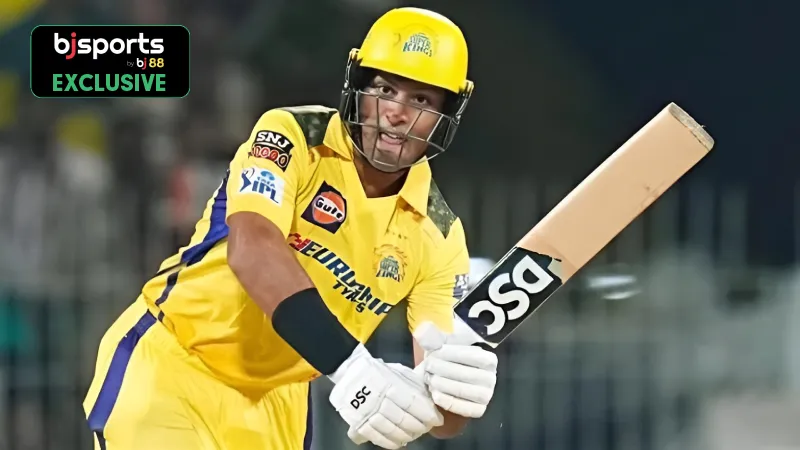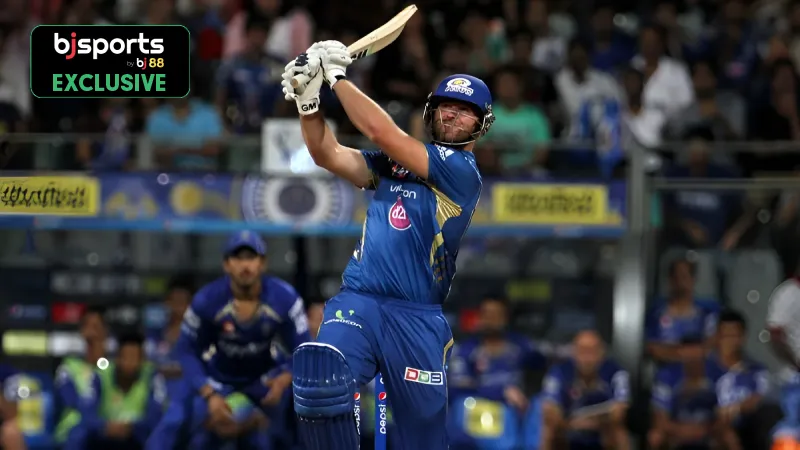Opting to bat first in a T20 is not being defensive – it’s showing some strength and mindset. It’s a bold statement: we will set the tone for this game; you can chase us if you want. And if you want the risk of batting first to pay off, your openers better hit the ground running. In a shallow format like this, it’s not just about accumulating runs in partnerships, but shifting the belief and perception of the game, and also disassembling a chase episodically.
Babar Azam and Saim Ayub’s 162-Run

Ah yes, the Rawalpindi Rumble of March 8, 2023—a night when Babar Azam and Saim Ayub lit the skies brighter than any fireworks show. With a 162-run stand off just 13.3 overs, they turned the Gladiators into spectators. Saim went full throttle, a storm wrapped in cricket gear, while Babar played his classy symphony at the other end—graceful, precise, untouchable. It wasn’t a partnership; it was a masterclass with afterburners.
It was the type of stand that left bowlers scratching their heads and fans gasping for breath. When you open like that, you don’t just build a platform, you launch a rocket into space. This was not just a great start – this was when an opening stand is decisive; this was a total assault.
Babar Azam and Liam Livingstone’s 157-run

Let’s take a step back to February 15, 2019, in Dubai. Another day, another Babar masterclass, this time with England’s katana-wielding Liam Livingstone. They put on a 157-run partnership in 15.4 overs against the Sultans.
It was a blend of finesse and muscle. Babar stroked the ball through the gaps whilst Livingstone did what he does best, propelling it into the stands. It was a quintessential example of two disparate batting disciplines converging to yield something that was unstoppable.
Rizwan and Usman Khan’s 148-Run

Sometimes greatness doesn’t occur with a bang. Sometimes greatness is built with intensity. On the 3rd of March, 2024, in Karachi, the Sultans were in all sorts of trouble at 1/16, but Mohammad Rizwan and Usman Khan had other ideas. The pair partnered to build a second-wicket partnership of 148 runs from 15.3 overs, providing a lesson in pace, measured play, and calmness.
Rizwan played the custodian and anchor role to the innings with calming intent, and Usman took what he believed were his moments to build the firepower. It was a fine example of how two players can dominate a game after having a shaky start when both batters can remain calm and collected and allow the situation to unfold.
These partnerships remind us that when two batters get in together and find the rhythm, they can turn a game before the opposition has even had bat on ball, whether it is from brute-force blitzing variety, or a measured rebuilding exercise. First innings partnerships like this provide the true unpredictability of T20 cricket at its best. Next time your team is batting first, make sure you keep your eyes open; you may just see the birth of the next great batting combination.
Disclaimer: This Exclusive News is based on the author’s understanding, analysis, and instinct. As you review this information, consider the points mentioned and form your own conclusions.
 ILT20 2025: Predicting Dubai Capitals XI for match 13
ILT20 2025: Predicting Dubai Capitals XI for match 13 IPL 2026 Auction: 3 teams that could trigger bidding war for Rachin Ravindra
IPL 2026 Auction: 3 teams that could trigger bidding war for Rachin Ravindra ILT20 2025: Predicting Abu Dhabi Knight Riders XI for match 13
ILT20 2025: Predicting Abu Dhabi Knight Riders XI for match 13 Top 3 performances of Corey Anderson in cricket
Top 3 performances of Corey Anderson in cricket

